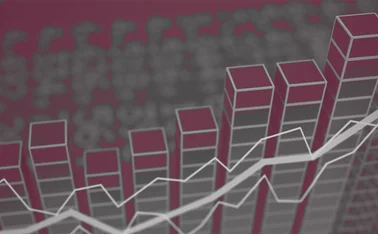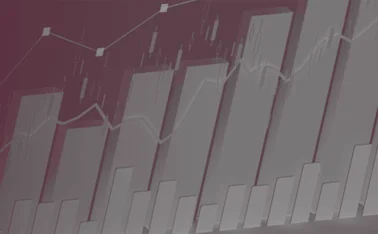
New trends in global capital markets


Several new trends are emerging in the global capital markets. During the global financial crisis that began in 2007–08 and the Covid-19 pandemic in 2020, fiscal and monetary stimulus policies were adopted by governments on a massive scale. However, no significant improvement was seen in the real economy because all funding was driven towards capital markets. As a result, asset prices were affected while the capital markets decoupled from the real economy. For example, in January 2021, the market value of US stocks was 185% of US GDP – a record high. The price/earnings ratios for the US stock market have increased by a factor of 33.91, the highest since the 2000 dotcom bubble.
There is also a willingness within capital markets to take greater risks in pursuit of higher returns. The most important reason behind this may be the experience gained from the financial crisis. Owing to the sluggish recovery of the real economy and low savings rates, stock market bubbles did not appear despite large injections of capital. This capital then flowed into emerging markets or high-yield bond markets, which further increased the rates of return of these high-yield bonds, and interest margins have narrowed significantly.

Change is also occurring in the realm of internationalisation; China’s capital market is taking on an increasingly important global role. The total value of China’s stock markets is now the second-highest in the world. The Chinese government has adopted constant and proactive measures of reform and opening-up, resulting in foreign capital gaining greater access to China’s capital markets – not just into stocks, but also foreign exchange and even the bond market. At the same time, the government has reformed the offshore and onshore stock markets.
In addition, many high-quality Chinese companies have chosen to be listed on the A-share or H-share markets because of the recent trade war between China and the US. A stronger connection between Hong Kong and the Asian market has also emerged.
Structural change
As a result of these changes, the make-up of the market has also begun to evolve. For one, there has been a rapid growth in emissions trading systems. Furthermore, a clear differentiation has emerged in the stock markets, namely the trajectories of growth stocks and value stocks. Stocks in some countries have risen sharply recently, whereas cyclical stocks are falling, perhaps because of relatively low economic growth rates, interest rates and oil prices.
The stock structure of global capital markets has also changed. Some new companies that focus on environmental, social and governance could attract more investors and funds to support their stocks. Many young people have also entered stock markets seeking returns, and more financial products and transactions are catering to these new retail investors.
Increasing volatility
The final trend to emerge is the increasing volatility of global capital markets. Central banks’ loose monetary policies and the sluggish real economy have resulted in weaker investor confidence in asset prices. This is especially true of electronic trading – assets can now be sold and bought almost immediately following the release of breaking news, which has led to even more intense price fluctuations.
Recently, the price of financial assets within capital markets has risen sharply; the real economy has not kept abreast of these increases and has led to greater income inequality. This not only affects social stability, but also has an adverse effect on the future development of the real economy, and may even continue to widen the wealth gap.
The wealthiest 1% of the world’s population now owns more than half of the world’s wealth, including stocks and mutual funds. The price increase of the financial market, the laggard real economy and high unemployment may trigger an even worse ‘Matthew effect’ – the rich will get richer, and the poor will get poorer.
Only users who have a paid subscription or are part of a corporate subscription are able to print or copy content.
To access these options, along with all other subscription benefits, please contact info@centralbanking.com or view our subscription options here: http://subscriptions.centralbanking.com/subscribe
You are currently unable to print this content. Please contact info@centralbanking.com to find out more.
You are currently unable to copy this content. Please contact info@centralbanking.com to find out more.
Copyright Infopro Digital Limited. All rights reserved.
As outlined in our terms and conditions, https://www.infopro-digital.com/terms-and-conditions/subscriptions/ (point 2.4), printing is limited to a single copy.
If you would like to purchase additional rights please email info@centralbanking.com
Copyright Infopro Digital Limited. All rights reserved.
You may share this content using our article tools. As outlined in our terms and conditions, https://www.infopro-digital.com/terms-and-conditions/subscriptions/ (clause 2.4), an Authorised User may only make one copy of the materials for their own personal use. You must also comply with the restrictions in clause 2.5.
If you would like to purchase additional rights please email info@centralbanking.com







